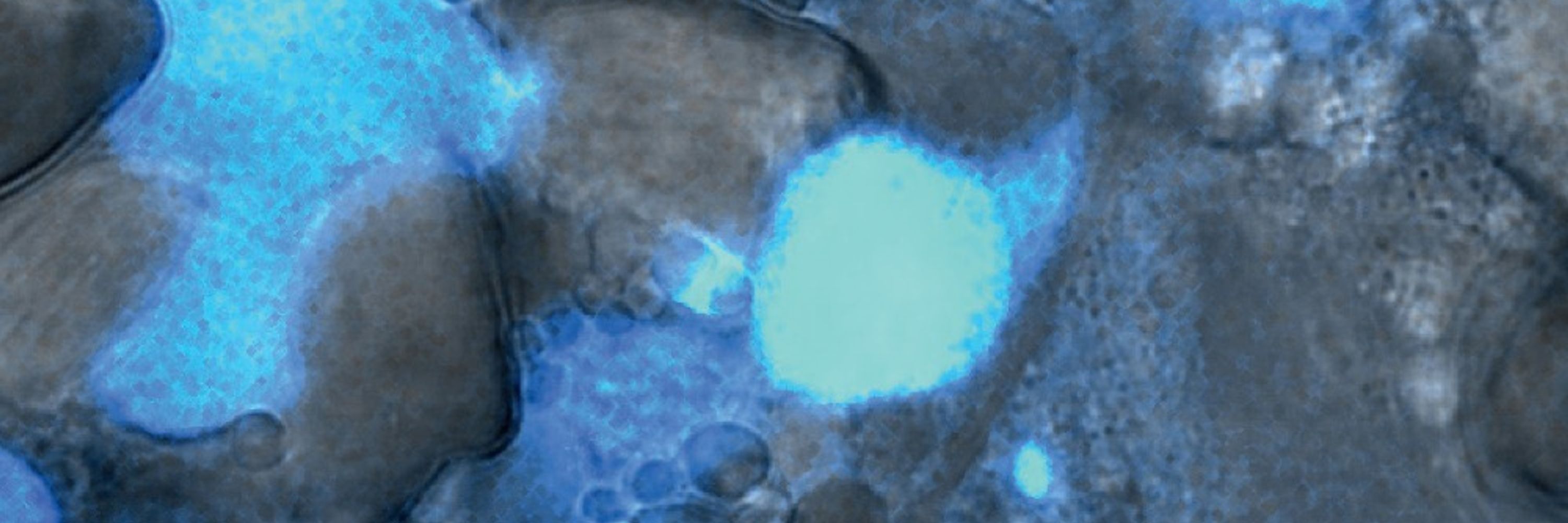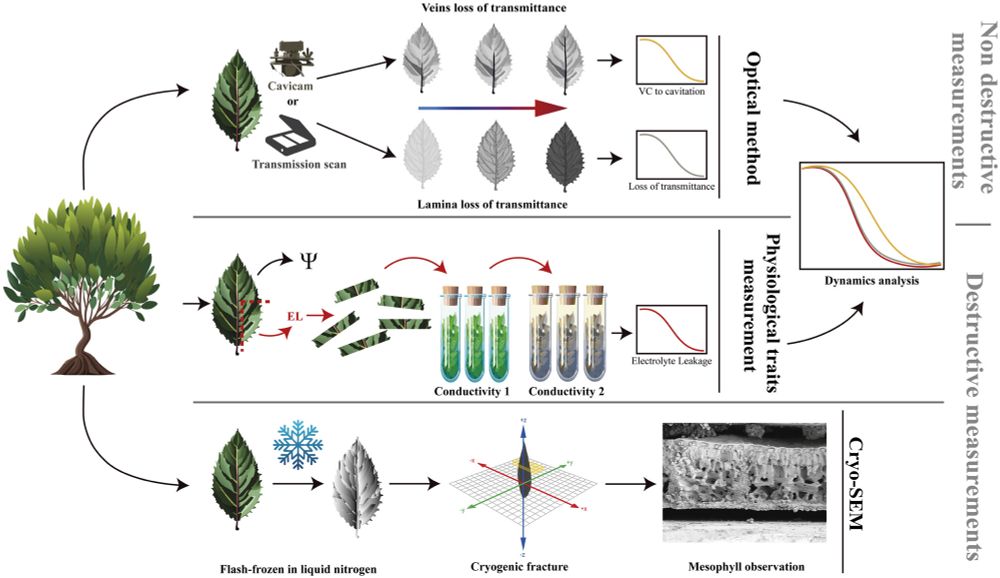New Phytologist
@newphyt.bsky.social
6.4K followers
53 following
460 posts
International journal publishing high quality, original plant science research. Owned by the not-for-profit New Phytologist Foundation.
Posts
Media
Videos
Starter Packs
Reposted by New Phytologist
Reposted by New Phytologist
Reposted by New Phytologist
Reposted by New Phytologist

















